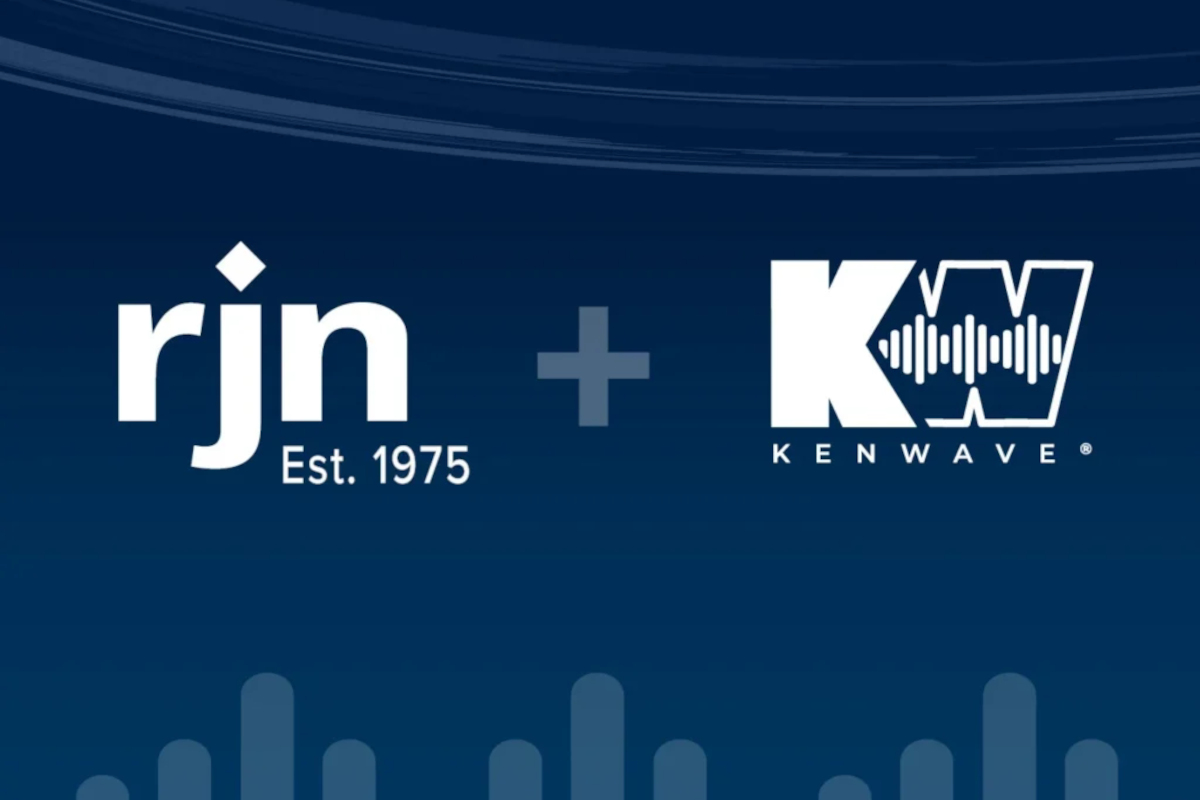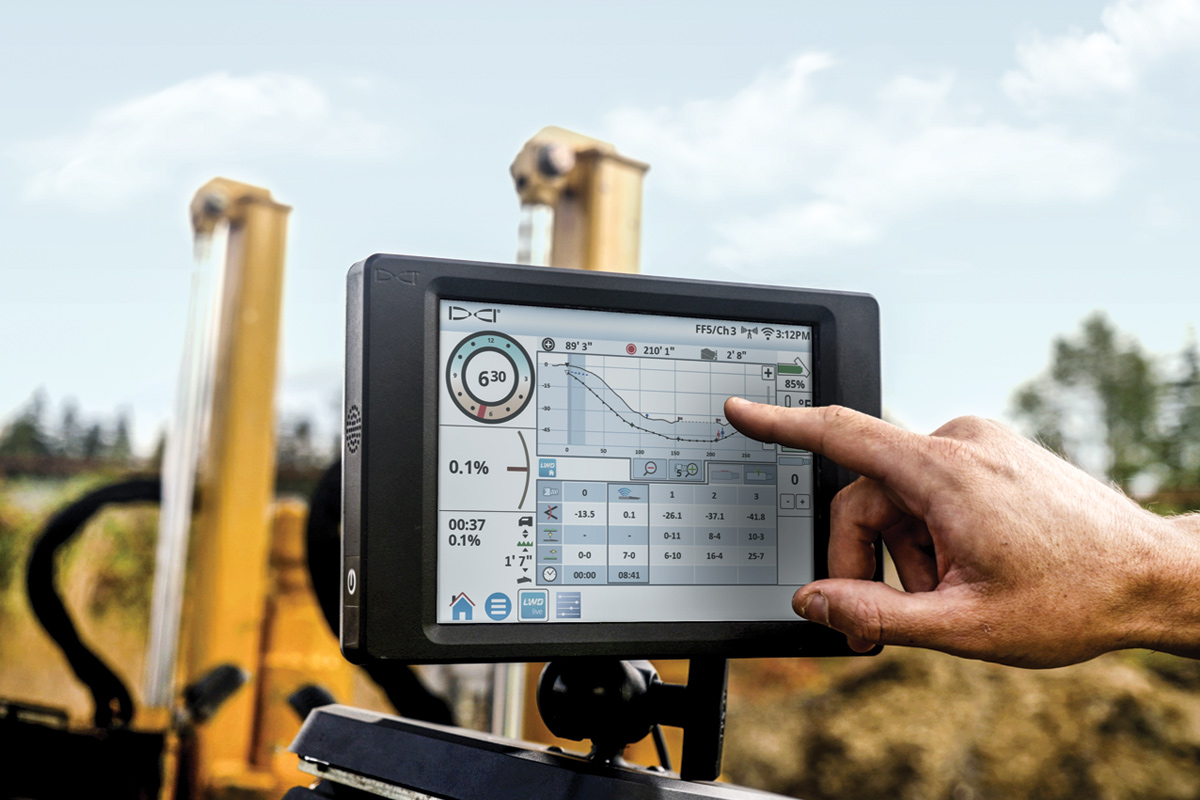
Hand in Hand: How Telematics Can Improve Driver Behavior
Where are my vehicles? Are the routes efficient? How are the engines performing? Is a vehicle outside the normal operating territory? Are my vehicles being operated responsibly and safely?
These are all questions you may have asked yourself when managing a fleet of vehicles. Telematics, a way of monitoring location, movements, status and behavior of a vehicle or fleet of vehicles, may be the answer.
Through telematics, information is gathered by a device which can range from a smartphone to a permanently attached box. The data is sent to a web-based software that applies performance analytics. Telematics provides up-to-the-minute information on the status of a vehicle. By using telematics, you are potentially able to increase productivity, reduce fuel costs, increase fleet safety, reduce operating expenses and improve driver behaviors.
RELATED: Taking on Telematics: How to Successfully Introduce New Technology to Hesitant Employees
According to the National Highway Traffic Safety Administration, driver error is responsible for 94 percent of crashes. While telematics have historically been used for asset management and maximizing fleet efficiencies, improving driver behavior can also be a benefit of the technology. Telematics can be a “supervisor,” while the driver is in his or her mobile “office.”
Some telematics systems can provide visual or audible alerts to the driver when behaviors are detected that are considered to be risky or outside preset thresholds. In this manner, immediate feedback is provided to the driver to indicate an improvement need.
Driver’s Alert, a fleet management solutions provider that includes Driver Behavior Telematics, selling telematics solutions, asserts that telematics can contribute the following improvements in managing fleet operations and safety.
Operations:
• Fuel savings (25 percent)
• Drop in idle time (30 percent)
• Fewer miles driven (10 percent)
• Lower maintenance costs
(14 percent)
• Spike in productivity (15 percent)
• Increase in vehicle utilization
(20 percent)
Safety:
• Fewer vehicle accidents (45 percent)
• Reduction in speeding events
(75 percent)
• Improvement in seat belt usage
(90 percent)
• Reduction in aggressive driving, such as hard cornering (80 percent)
Safer Fleets are Efficient Fleets
Safer driver behaviors will help assure safe fleet operations and reduced risk of employees being injured on the job. According to Verizon, telematics can be a contributor to fleet efficiency and fleet safety by targeting:
• Vehicle speed: Reductions in speeding will help save on fuel costs and decrease accident risk. Telematics can provide information on vehicle adherence to posted speed limits and produce alerts when drivers exceed a preset threshold.
• Unsafe driving behaviors: Hard braking and acceleration are indicators of unsafe driver behaviors. A telematics system that includes engine and vehicle diagnostics can help reduce these unsafe behaviors by identifying when and where these behaviors occur.
• Seatbelt use: Seat belts, which are required to be used in most states, were developed/designed to help prevent injuries and save lives. GPS telematics, combined with vehicle diagnostics, can monitor seatbelt use in many types of vehicles. Telematics can provide reports on seatbelt use to help support company safety polices and compliance with state laws.
The purpose of this article is to provide information, rather than advice or opinion. It is accurate to the best of the author’s knowledge as of the date of the article. Accordingly, this article should not be viewed as a substitute for the guidance and recommendations of a retained professional. Any references to non-CNA websites are provided solely for convenience, and CNA disclaims any responsibility with respect to such websites.
CNA does not endorse, recommend, or make any representations or warranties as to the accuracy, completeness, effectiveness, suitability or performance of any of the products, applications, software or programs identified herein.
“CNA” is a service mark registered by CNA Financial Corporation with the United States Patent and Trademark Office. Certain CNA Financial Corporation subsidiaries use the “CNA” service mark in connection with insurance underwriting and claims activities. Copyright © 2017 CNA. All rights reserved.




